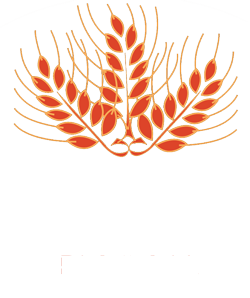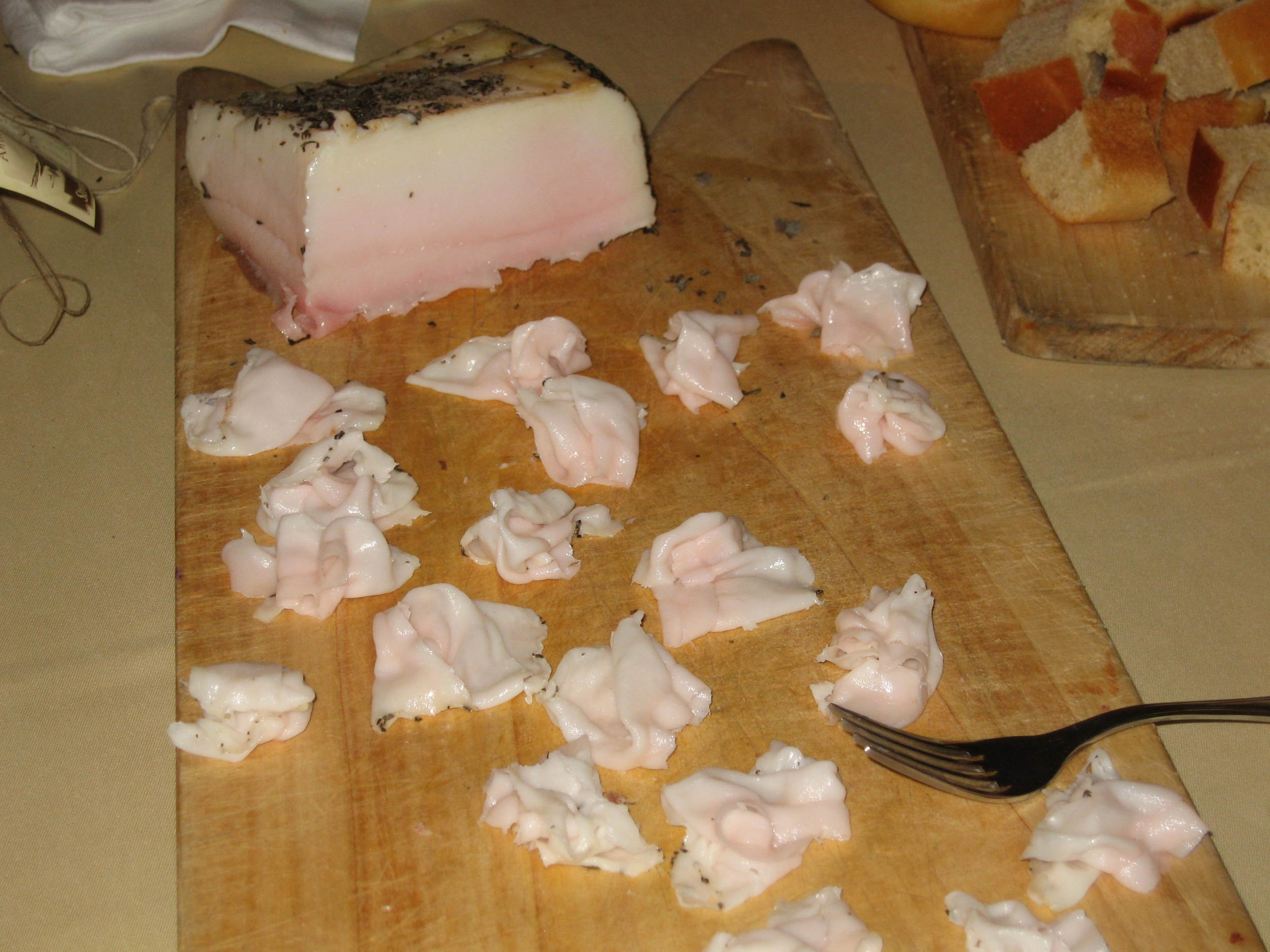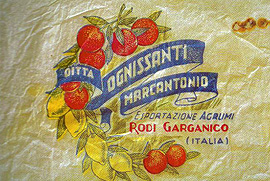We’re back from holiday and it’s almost October. Though sitting on the beach and driving through olive groves in Greece is fun, I’m happy to be home and at the pizzeria. I am always excited to revisit my cook books and see if there is something new that we can introduce at Spacca Napoli. I want to introduce to you two new specials that we will run for the next couple of weeks. Minestra Maritata is one and is a special treat, perfect for autumn weather. A minestra, not a zuppa, it predates the tomato. The recipe can be found in Arthur Schwartz’s Naples at Table. Arthur notes that it comes from a time when the Campanians were still known as "mangiafogli" which means leaf eaters. A fun read is Arthur’s discussion of minestra as a word and concept to define in English. The Maritata is a marriage, a loving, poetic embrace between a meaty broth and leafy vegetables. Prosciutto, pork loin, salami, pancetta and soppressata are long simmered with a bouquet of fresh rosemary, sage, thyme and parsley. The meats are taken out, finely chopped and the soup is strained. Kale, broccoli rabe (rapini), escarole, curly endive and savoy cabbage are coarsely chopped and added into the soup, along with the meats, and the rich, velvety, clarified broth is then topped with pecorino and our hot red pepper oil.
This minestra has brought back memories for many of the Italians who have tried our Maritata. Truly a hearty dish, every home had its own particular version. It reminds me of food writer Pat Bruno’s discussion of the joys of Italian food and how the making of a recipe is greatly influenced by the one who makes it. When traveling through Greece, Ginny was always quick to taste the local moussaka. A traditional dish, consisting of lamb or beef, eggplant, potatoes, tomatoes, a cream sauce and spices, no one moussaka tasted like the other, and each was served with a sense of familial pride.
Reaching back to antiquity, our second special is a pizza with lardo. A cured pork fat, it is considered a delicacy by many.
I first experienced lardo while in Zibello, on the banks of the Po River in northern Italy, during a trip with members of Accademia Barilla. There we sampled culatello, lardo, and other salumi. Zibello is famous for its cullotello, which comes from the leg of an adult hog and goes through a special curing process; Zibello’s micro climate lending itself favorably for the curing of this particular cut of pig. See ItalianMade.com – Foods: Culatello di Zibello for more on the subject.
Way back when, the earliest of flat breads were flavored only with oil and herbs – not with tomatoes and cheese. Our “Allardiato,” consists of mild, creamy, thin ribbons of lardo with pecorino cheese and basil. The taste is something unique and amazing.
We have also begun to play with our wine list. I am now trying to introduce wines that are more particular to pizza and not only representative of the south of Italy. Be on the look out for new Nero d’Avolas, a new Montepulciano di Abruzzo, whites from Puglia, and reds and rosatos from Sardegna.
Last but definitely not least, we are having fun with Nutella! Though a surprise to some, this sweet dessert can be found as a dolce in many a pizzeria a Napoli.
Ciao per adesso
















